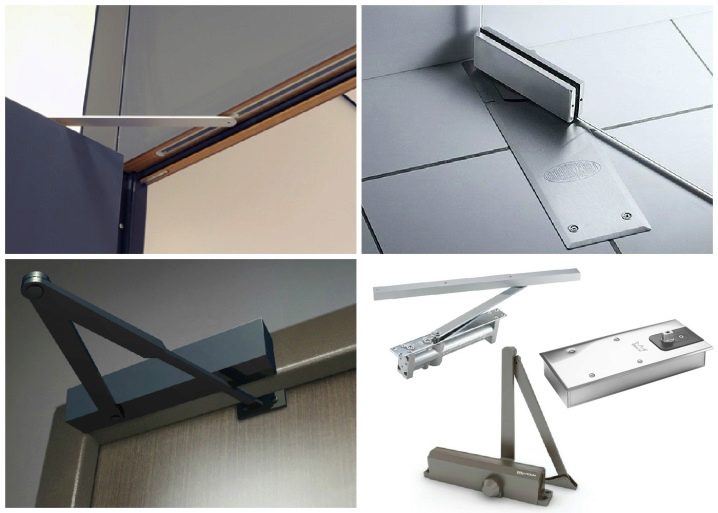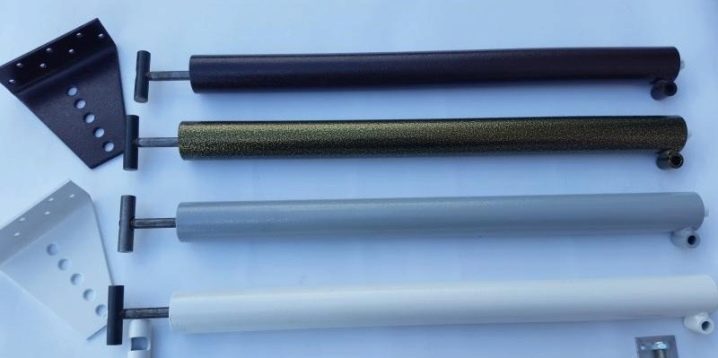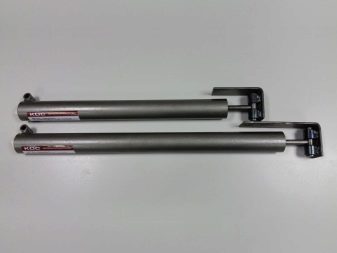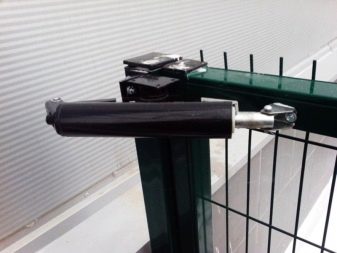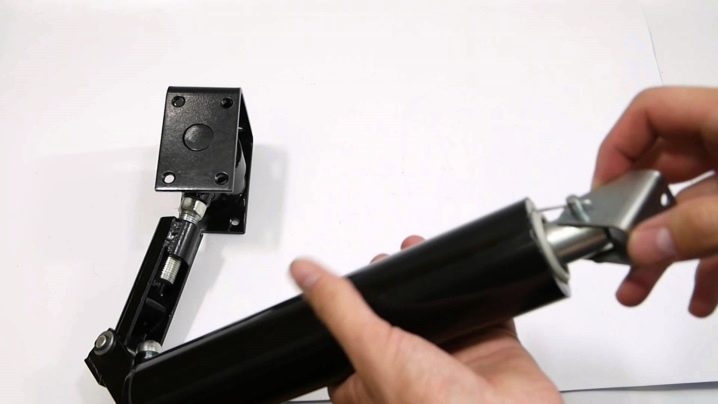Features of pneumatic closers for doors
The closer - the device providing smooth closing of doors. Convenient because you don’t need to close the doors behind you, the closers themselves will do everything in the best possible way.
Types of closers
By the principle of action, they are divided into several types.
- Hydraulic. As a rule, they are installed on rarely used gates and doors.
- Electric. They require constant power supply, which is not always convenient, are sold in a set with locks.
- Pneumatic. Recommended for installation on entrance doors and wicket gates, often used for passage.
This article gives a brief description of the pneumatic door closer, its functions, advantages and disadvantages. A pneumatic closer consists of a piston with a spring and a hollow chamber inside.
Air at closing-opening of doors is transferred from one part to another.
Advantages and disadvantages
Pneumatic closers possess following advantages:
- operation does not depend on weather conditions;
- do not require additional efforts;
- easy installation;
- the long term of the open state does not bear the risk of the failure of the closer;
- can withstand heavy loads, therefore they can be used for heavy gates.
The main disadvantages are the unaesthetic appearance and the importance of correct installation. The most frequent problems in the pneumatic door closer are due to improper installation. In connection with this circumstance, it is recommended to entrust the installation to its proven specialists. Also, many of the disadvantages include the cost of the device. But the longevity of its use fully pays the price.
Closers perform the following functions:
- regulate the speed of closing doors;
- attract the door in case of loose slamming;
- if necessary, fix the door in the open position.
At the place of installation closers are:
- overhead - mounted on the sash, frame or door hinges;
- outdoor - installed before mounting the doors;
- hidden
Choose closers based on the following parameters:
- compliance with the weight of the door (gate, gate);
- frost resistance (relevant for street machinery);
- resource of functioning;
- warranty service.
Device mounting
If you decide to install a pneumatic switch yourself, follow the recommendations below.
- Choose a device that matches the weight and dimensions of your door, buy it.
- Select the type of installation.
- Focusing on the installation scheme, mark the points of fasteners.
- Drill in the right places of the door frame and door leaf holes of the required depth.
- Attach the mechanism with screws.
- Connect the parts of the lever with the screw from the kit.
- Adjust the length of the lever: its position must be perpendicular to the closed door.
Next, you should adjust the mechanism of the closer, in particular, the speed and power of closing the door. For this, the device has two adjustment screws.
Mechanism repair
In the event of a major breakdown of the mechanism, it is more profitable to purchase a new one, rather than bother with the repair of the damaged one.In these devices, replacement of parts is usually not provided. But if the fault is small, maybe you can fix it yourself.
In winter, damage to the enclosure is possible. In this situation, first assess the scale of the breakdown. If the crack is small, seal it with sealant. If the damage is large, repair is not possible, only replacement will help. Installation and maintenance of the door closer do not require much experience of the master.
If you operate the mechanism according to the conditions written in the instructions, it will function as you configured it.
Tips
Fixing the door closer on the street door is best done from the inside. This will protect it from the negative effects of natural factors. If there is no possibility for such an installation, purchase reinforced frost-resistant models and install them in a convenient place.
If the door opens "on itself", the device is mounted in the upper part of the leaf from the side of the hinges. If “from oneself”, then the closer's lever is attached to the sash, and the mechanism itself is attached to the joint.
You will learn more about pneumatic closers in the following video.

